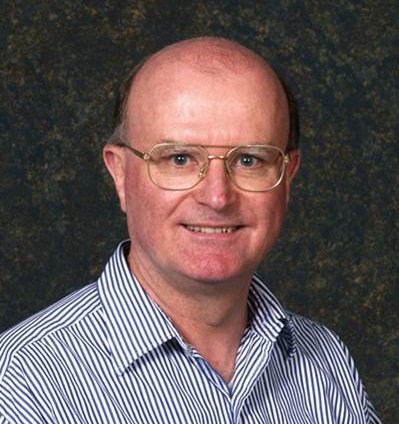Background
In 1999 the community of Canadian crystallographers submitted to the Canadian Light Source a proposal to build the first protein crystallography (PX) beamline in Canada. The beamline, together with associated staff, would be called the Canadian Macromolecular Crystallography Facility (CMCF).
CMCF-ID, an undulator-based beamline designed for studying small crystals and crystals with large unit cells, was part of the initial construction project officially launched in September 1999. Construction of the beamline was completed in 2005 and the first user experiments were performed in 2006. The beamline has been in full operation since January 2007.
In August 2001, the Protein Crystallography Beamline Design Team submitted to the CLS Director a Letter of Intent for a second protein crystallography beamline. CMCF-BM, a fully automated bending magnet beamline for high-throughput macromolecular crystallography, was one of the beamlines included in the second phase of beamline constructions at the CLS, lauched in 2005. Construction began in the fall of 2006 and was completed in 2009. CMCF-BM went into operation in 2010, and the first remote data were collected in February 2011.
In May 2015, funding for a major upgrade of CMCF-ID was announced which includes plans for a longer undulator insertion device, new detector, automounter and optics to enable more efficient and shorter data collection times on smaller crystals. Principal users representing institutes from accross Canada successfully submitted the proposal to the Canada Foundation for Innovation, and included: Mirek Cygler (U of Sask), Alisdair Boraston (U of Victoria), Mark Glover (U of Alberta), Alba Guarne (McMaster U), Zongchao Jia (Queen's U), Brian Mark (U of Manitoba), Bhushan Nagar (McGill U), Kenneth Ng (U of Calgary), Emil Pai (U of Toronto) and Filip Van Petegem (U of British Columbia).
Beamline Advisory Team
The CMCF Beamline Advisory Team ("Beamteam") grew organically out of the Beamline Design Team and now serves a vital role in advising the CMCF and supporting its mission. The team represents the interests of researchers conducting experiments at the CMCF from accross Canada. Past members of the Beamline Advisory Team include Louis Delbaere (U of Sask, first team leader), Joe Schrag (NRC), Bart Hazes (U of Alberta), and Ernst Bergmann (U of Alberta). Current membership can be found on the CMCF Contacts page.
Acta Crystallographica Collection
The CMCF was entrusted with the Acta Crystallographica collection of Professor Louis T. J. Delbaere, formerly in use at his laboratory in the Health Sciences building on the University of Saskatchewan campus. The collection has been housed in the Control Room of beamline CMCF-BM since January, 2012. Guests and users are welcome to peruse the collection, but are asked to not remove copies from the Control Room.
| Year | Recipient Name | Affiliation |
|---|---|---|
| 2015-2016 | Barbara Lavina | University of Nevada, Las Vegas |
| 2014-2015 | Gordon Brown, Jr. | Stanford University |
| 2013-2014 | Adam Hitchcock | McMaster University |
| 2012-2013 | Joachim Stöhr | SLAC-LCLS |
| 2011-2012 | George Sawatzky | University of British Columbia |
| 2010-2011 | David Shuh | LBNL/ALS |
| 2009-2010 | Malcolm McMahon | University of Edinburgh |
Professor Louis T.J. Delbaere Poster Prize
Each year at the Annual PSFaM Meeting, the Canadian Light Source supports this award for best poster on macromolecular crystallography experiments conducted at the CLS presented by a graduate student or postdoctoral fellow. Below are past recipients.
| Year | Recipient Name | Affiliation |
|---|---|---|
| 2017 | Jeremy Marshall | University of Saskatchewan |
| 2016 | Jinhong Hu | University of Calgary |
| 2015 | Corey Yu | University of Saskatchewan |
| 2014 | Michelle Kam Ai Ling | University of Saskatchewan |
| 2013 | Anson Chan | University of British Columbia |
| 2012 | Kun Shi | McGill University |
